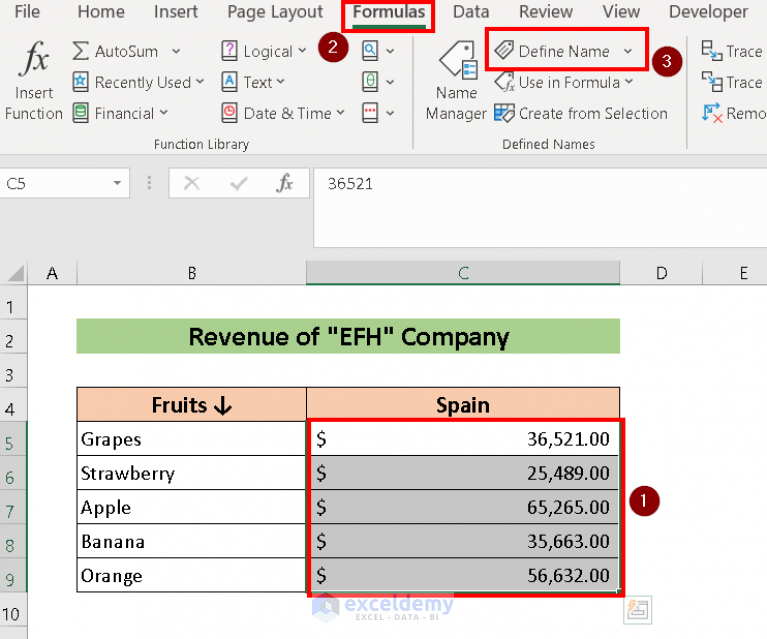5 Ways to Link Sheets in Excel Easily

When working with large datasets or complex projects in Excel, knowing how to link different sheets can significantly boost your efficiency and productivity. Whether you're summarizing data from various departments or consolidating financial reports, linking sheets saves time and reduces manual errors. Here are five straightforward methods to link sheets in Excel:
Method 1: Using the Cell Reference

The most basic way to link cells from different sheets is by using a direct cell reference. Here’s how you do it:
- Step 1: Click on the cell where you want the linked data to appear.
- Step 2: Start typing the equals sign (=) to begin the formula.
- Step 3: Navigate to the sheet where the data is located by clicking its tab at the bottom.
- Step 4: Click on the cell you want to link to.
- Step 5: Press Enter, and your cell will now show the data from the linked cell with a formula like
=Sheet2!A1.
📌 Note: Remember that if you change the data in the source cell, the linked cell will automatically update.
Method 2: Utilizing the HYPERLINK Function

The HYPERLINK function allows you to create clickable links within your spreadsheet:
- Step 1: Choose the cell where you wish to insert the hyperlink.
- Step 2: Type
=HYPERLINK(. - Step 3: Within the parentheses, type the link location (cell address within quotes) and the display text (optional).
- Step 4: Press Enter. Now you have a hyperlink in your cell, which when clicked, will take you to another sheet or a specific cell.
💡 Note: Use HYPERLINK for navigation, not for updating data automatically.
Method 3: Linking with the INDIRECT Function

INDIRECT is particularly useful for creating dynamic references. Here’s how to use it:
- Step 1: In the cell where you want the link, type
=INDIRECT(. - Step 2: Write the formula to reference a cell containing a string that points to the desired cell. For example, if A1 in Sheet1 contains “Sheet2!A1”, your formula would be
=INDIRECT(A1).
🎓 Note: INDIRECT can be complex but is extremely powerful for creating dynamic spreadsheets.
Method 4: Consolidate Multiple Sheets with 3D References

Excel’s 3D references allow you to perform calculations across multiple sheets at once:
- Step 1: Name sheets logically for easier reference.
- Step 2: Use 3D references like
=SUM(Sheet1:Sheet3!A1)to sum A1 cells across Sheet1 to Sheet3.
🗒️ Note: Make sure the referenced range of sheets does not include any blank or unintended sheets.
Method 5: Paste Links

This method is straightforward for creating copies of data linked to the source:
- Step 1: Copy the range of cells from the source sheet.
- Step 2: Right-click on the target sheet, go to ‘Paste Special’, then choose ‘Paste Link’.
- Step 3: The values will appear in your target sheet, and they will update if the source changes.
The ability to link sheets in Excel is a cornerstone of advanced spreadsheet management. These methods offer varied approaches to meet different needs, from simple cell references for quick data linking to complex dynamic formulas for interactive reports. By mastering these techniques, you can enhance your data analysis, ensure accuracy, and streamline your work processes in Excel. Remember to use appropriate notes for each method to avoid potential pitfalls. Adapting these linking methods to your specific needs will not only make your Excel experience more efficient but also significantly enhance your ability to manage and analyze data across multiple sheets effortlessly.
How can I tell if a cell is linked to another sheet?

+
When a cell is linked, you’ll see the source address in the formula bar, starting with an equals sign and the sheet name followed by an exclamation point.
What happens if the source sheet is deleted or renamed?

+
If the source sheet is deleted, the formula will display an error like #REF!. If renamed, Excel will try to update the references automatically, but this can fail if there are multiple sheets with similar names.
Can I link an entire range of cells from one sheet to another?

+
Yes, you can link a range by selecting the source cells, copying them, and using ‘Paste Link’ in the destination sheet. This creates formulas that reference the original range.